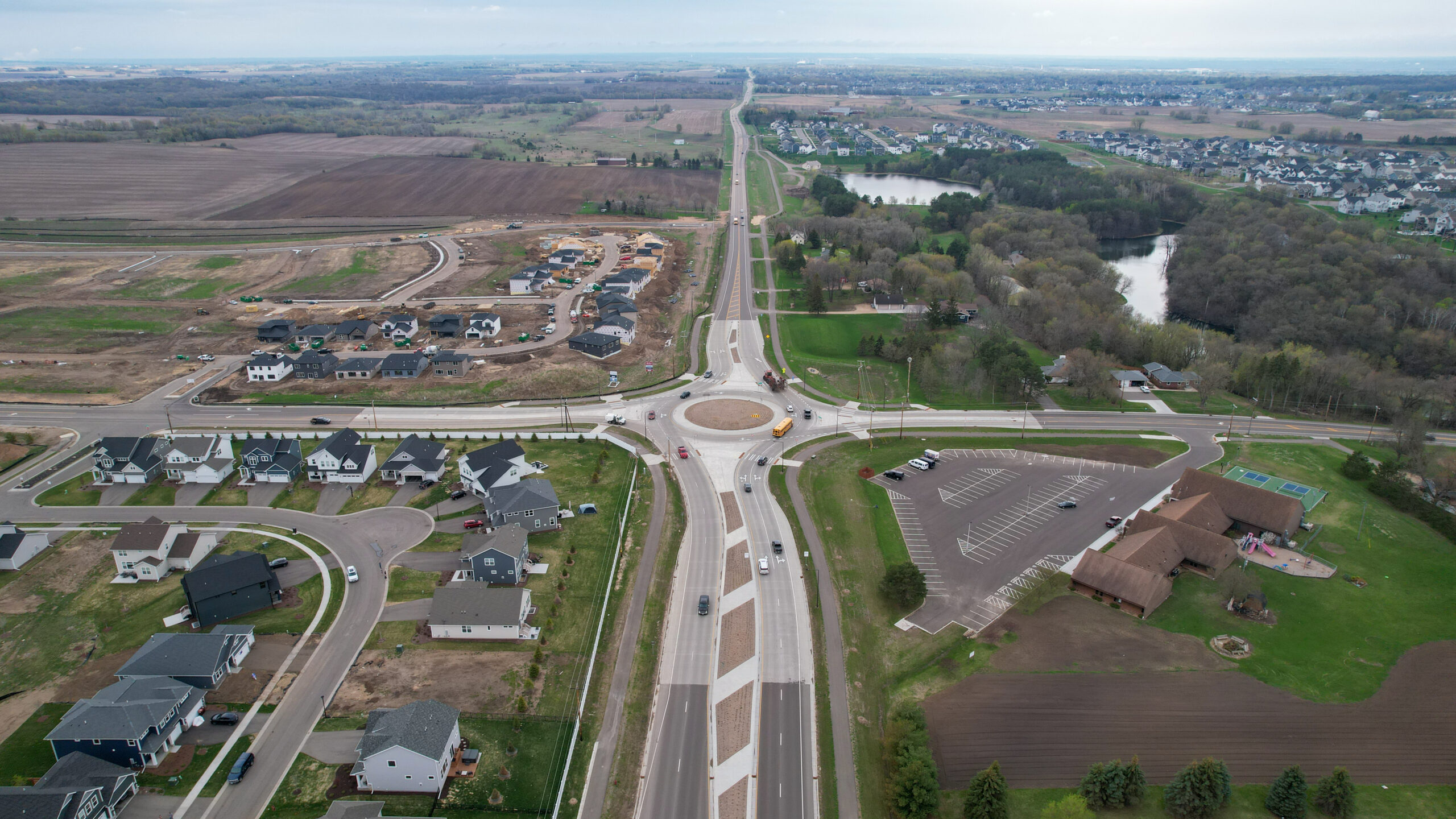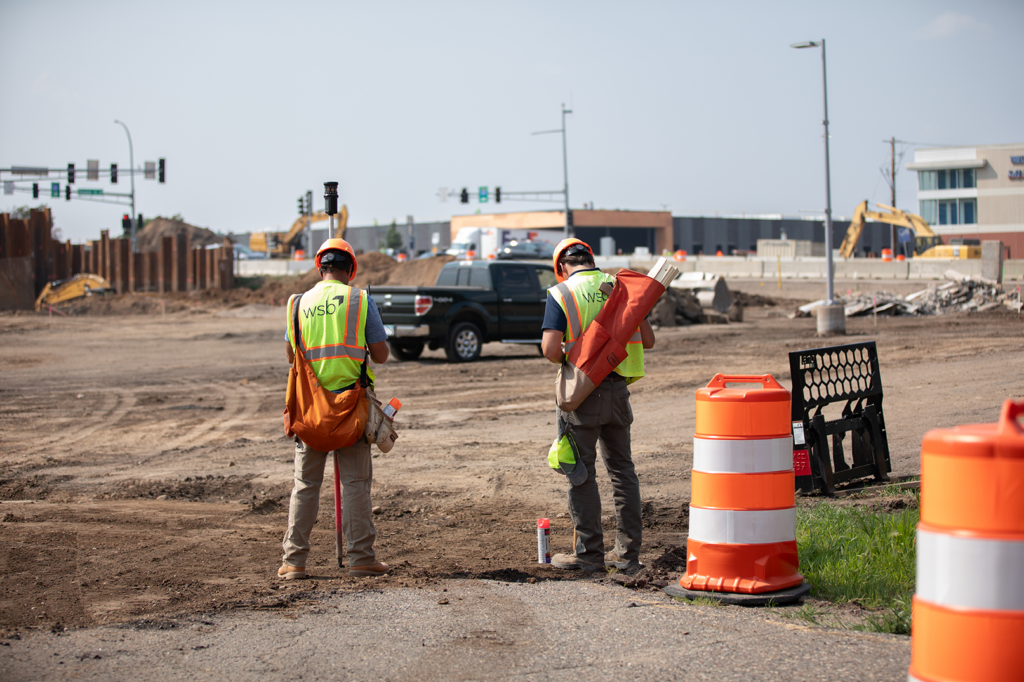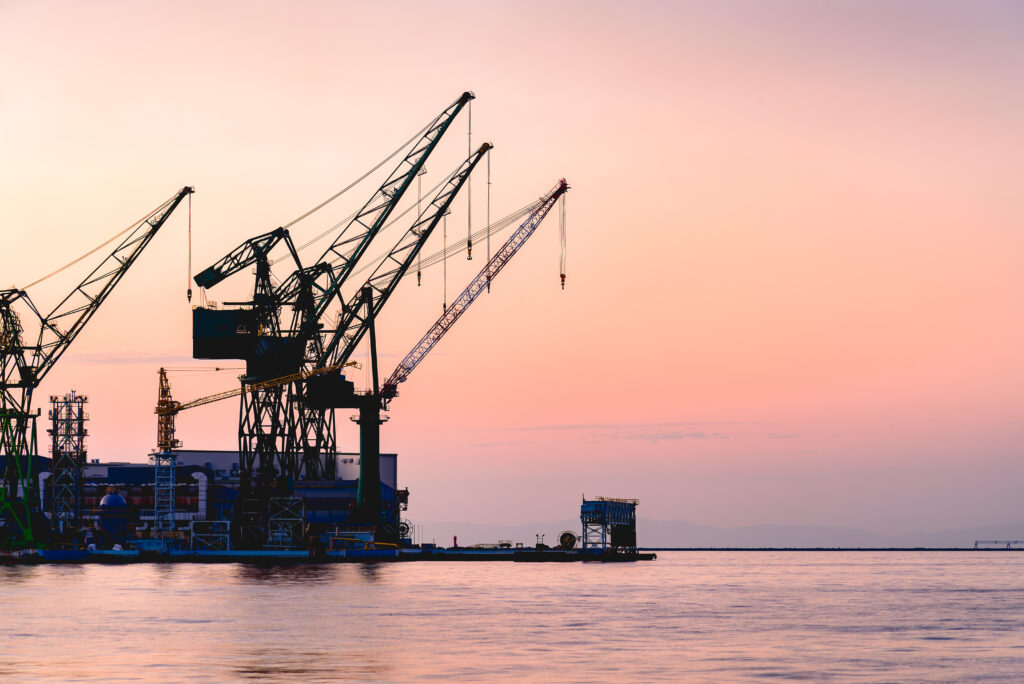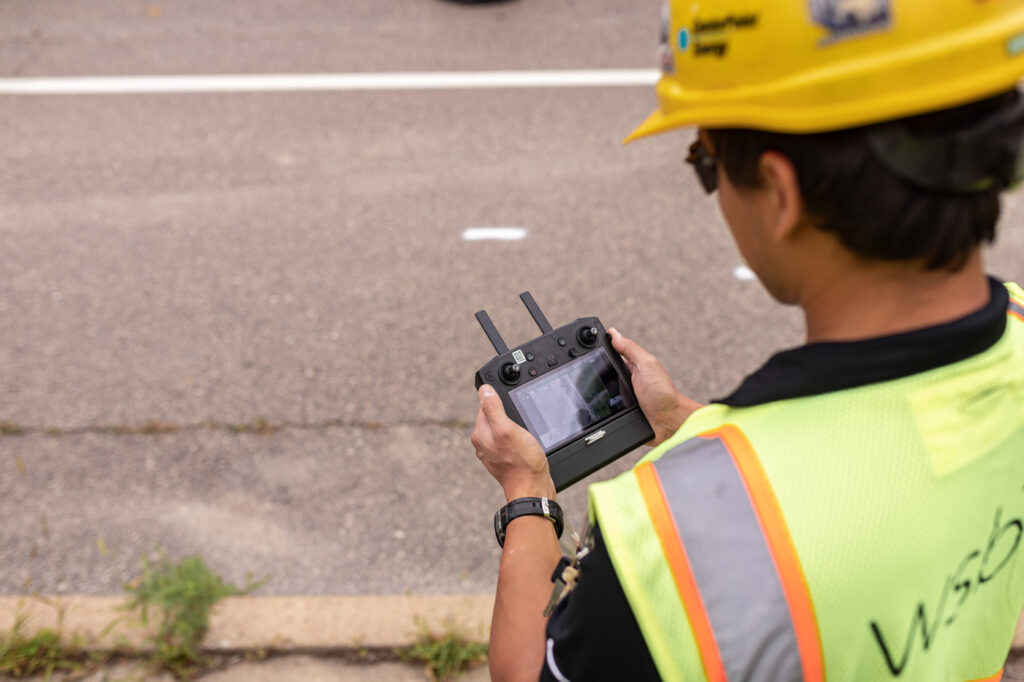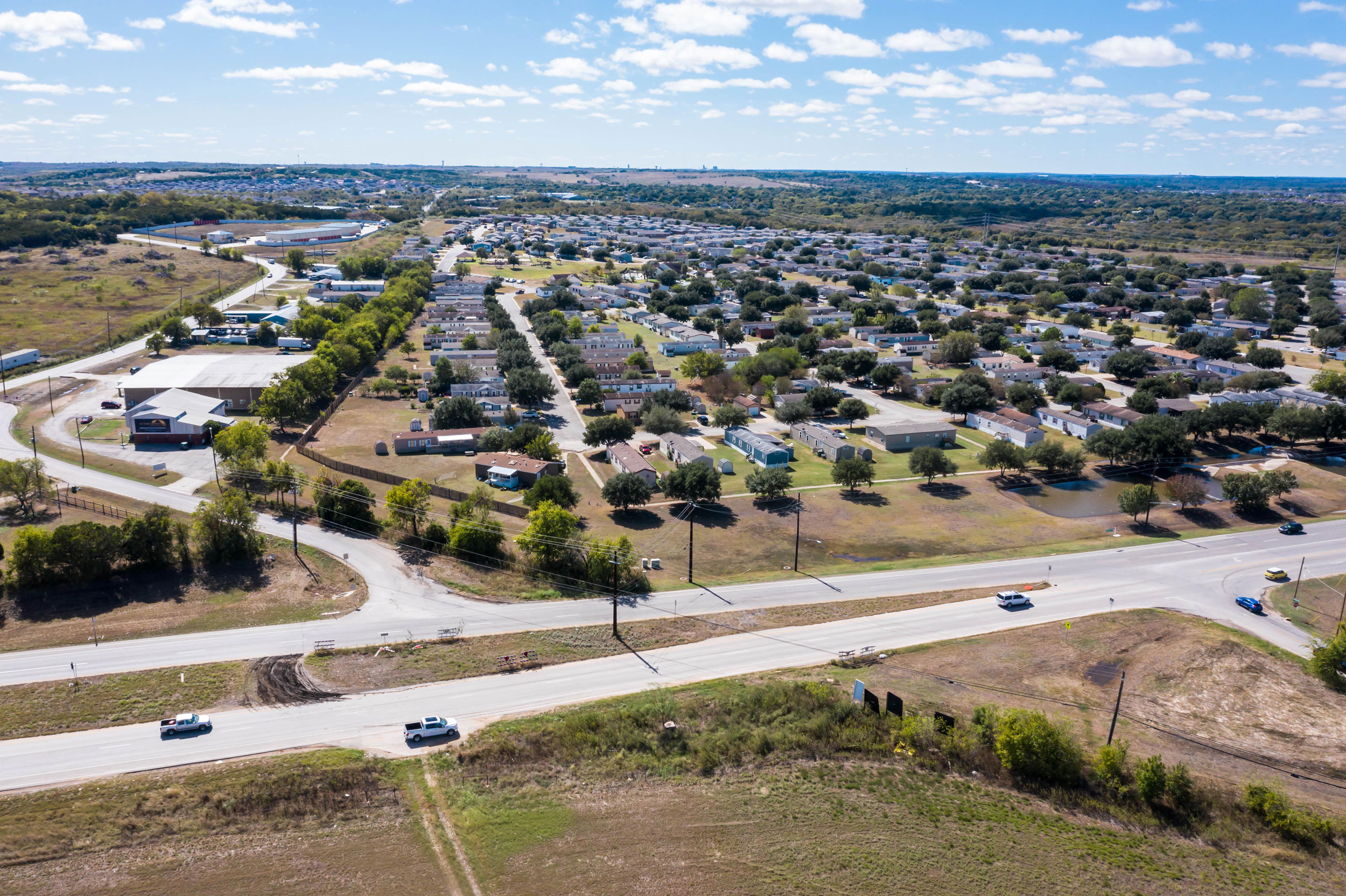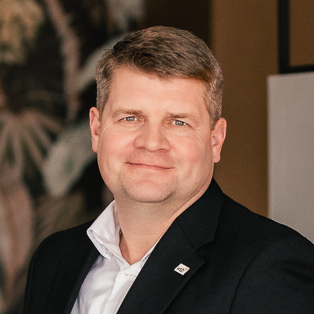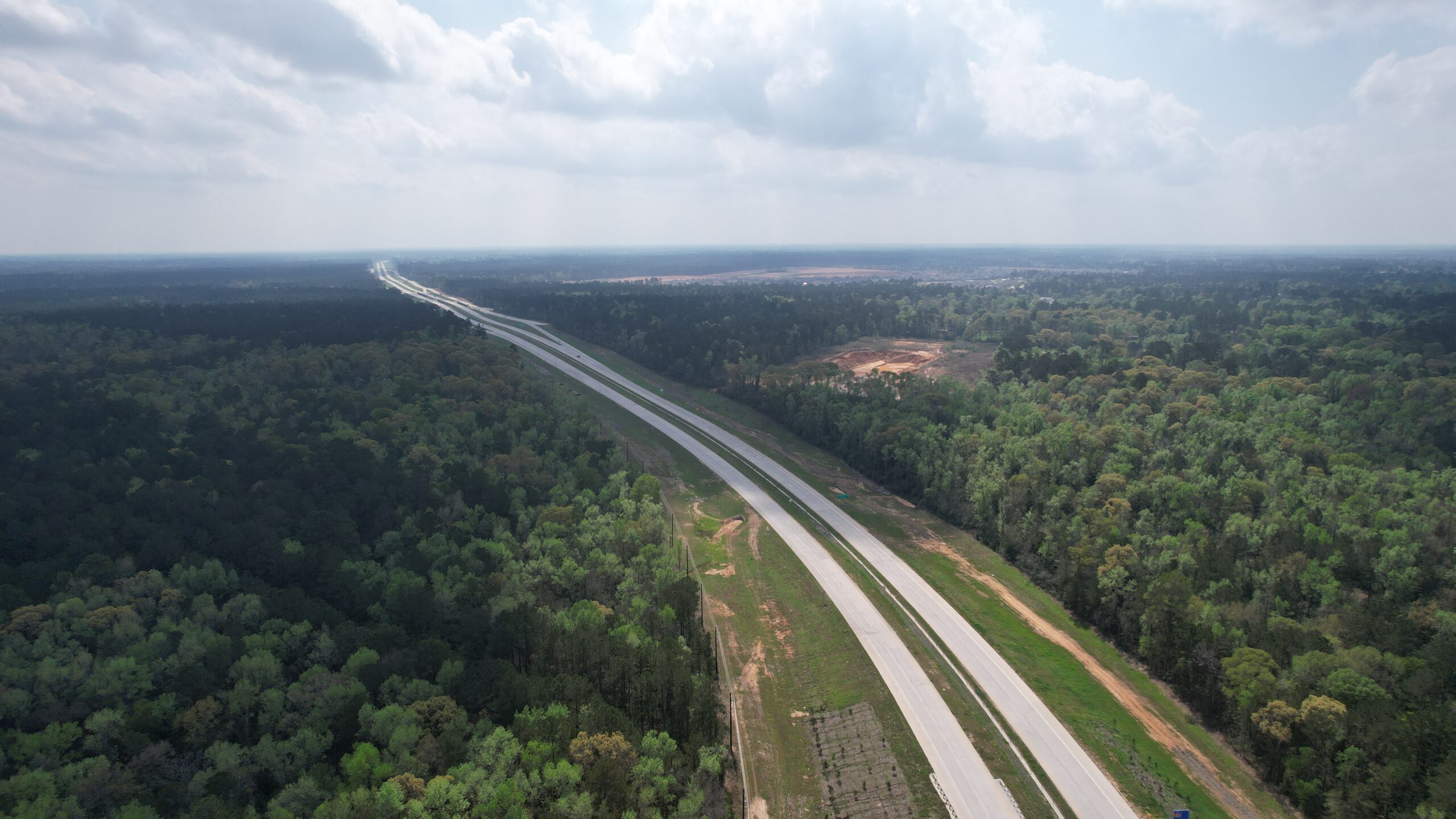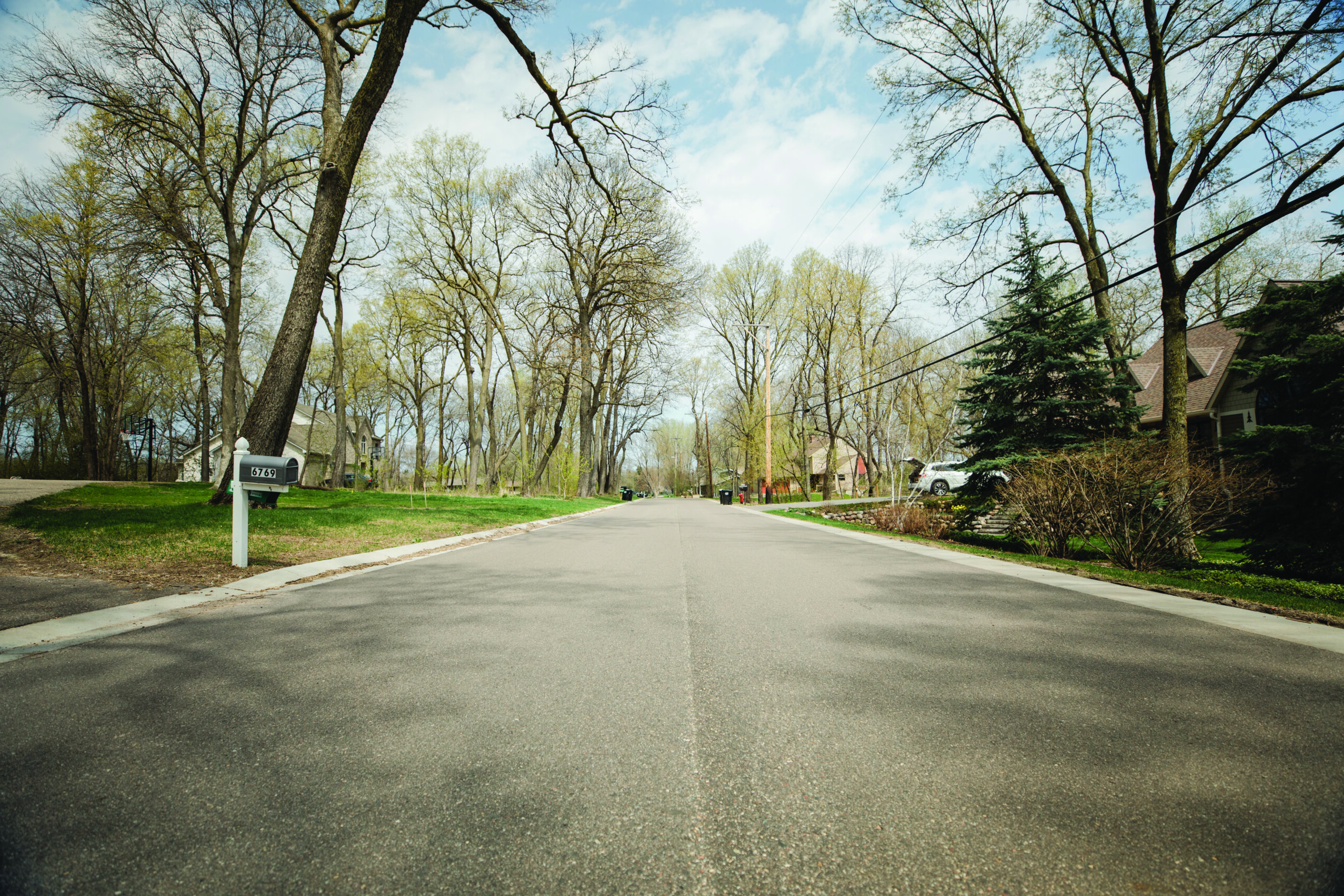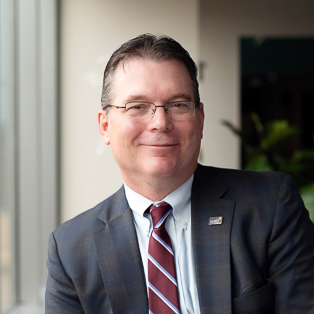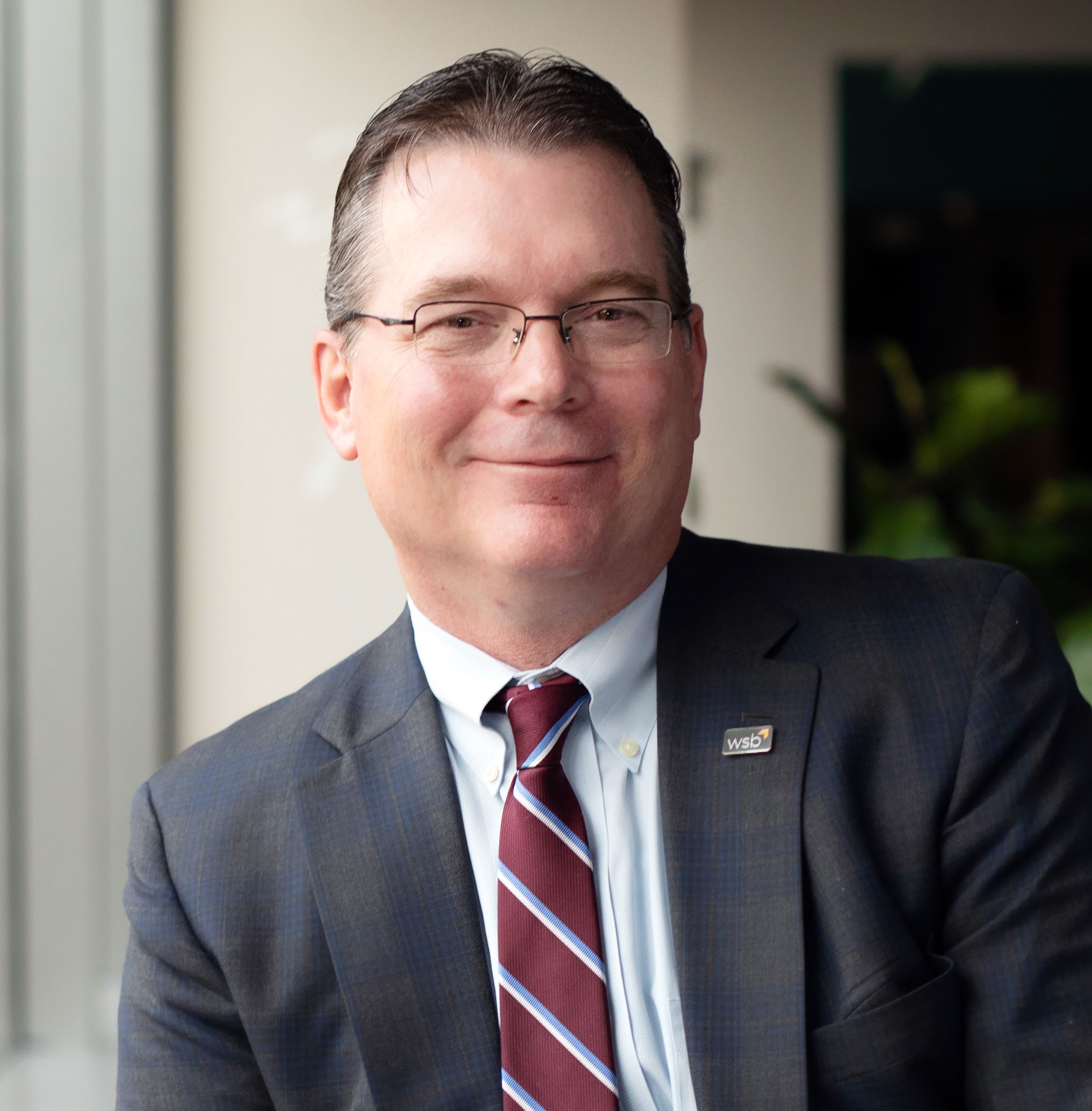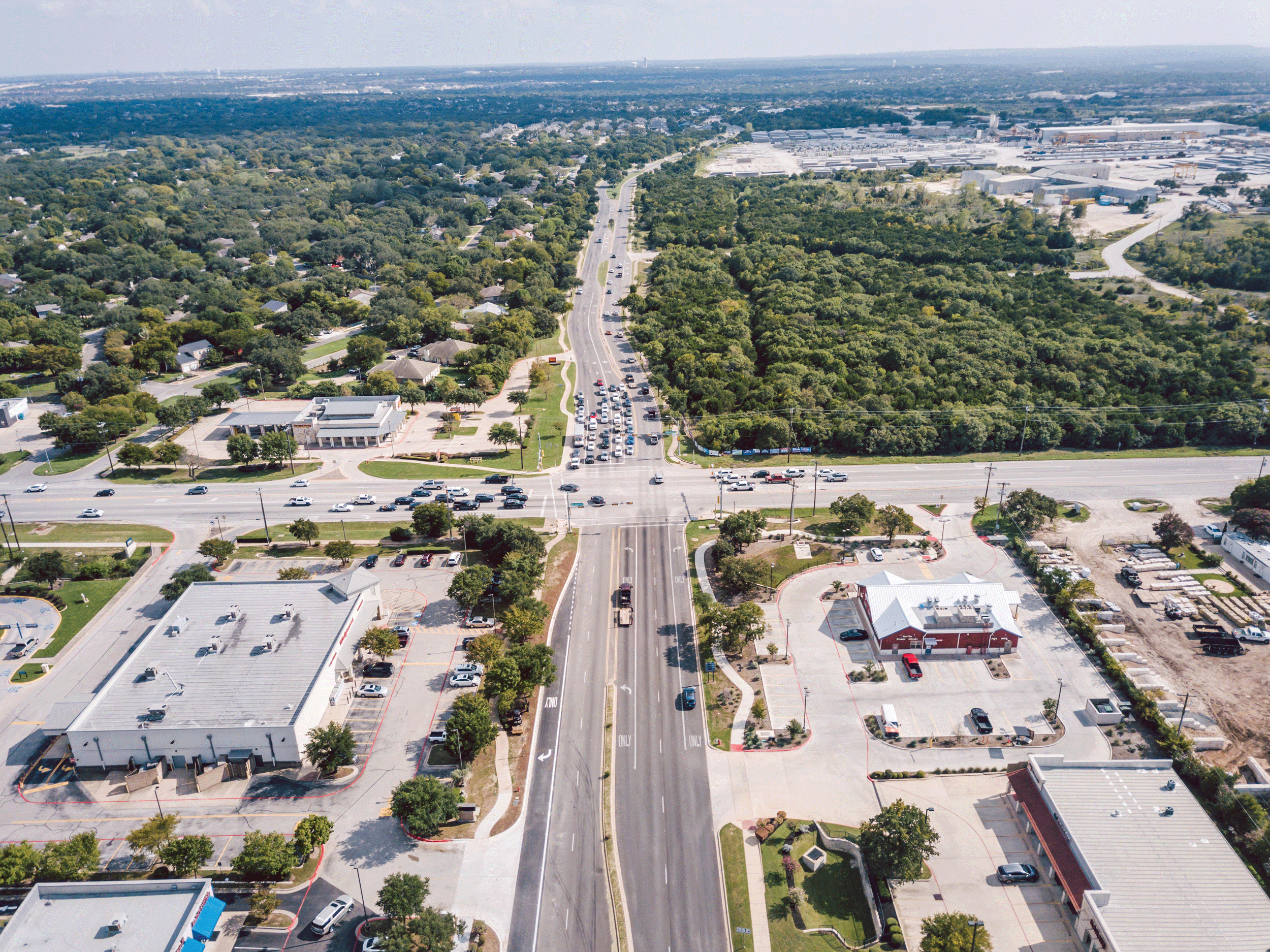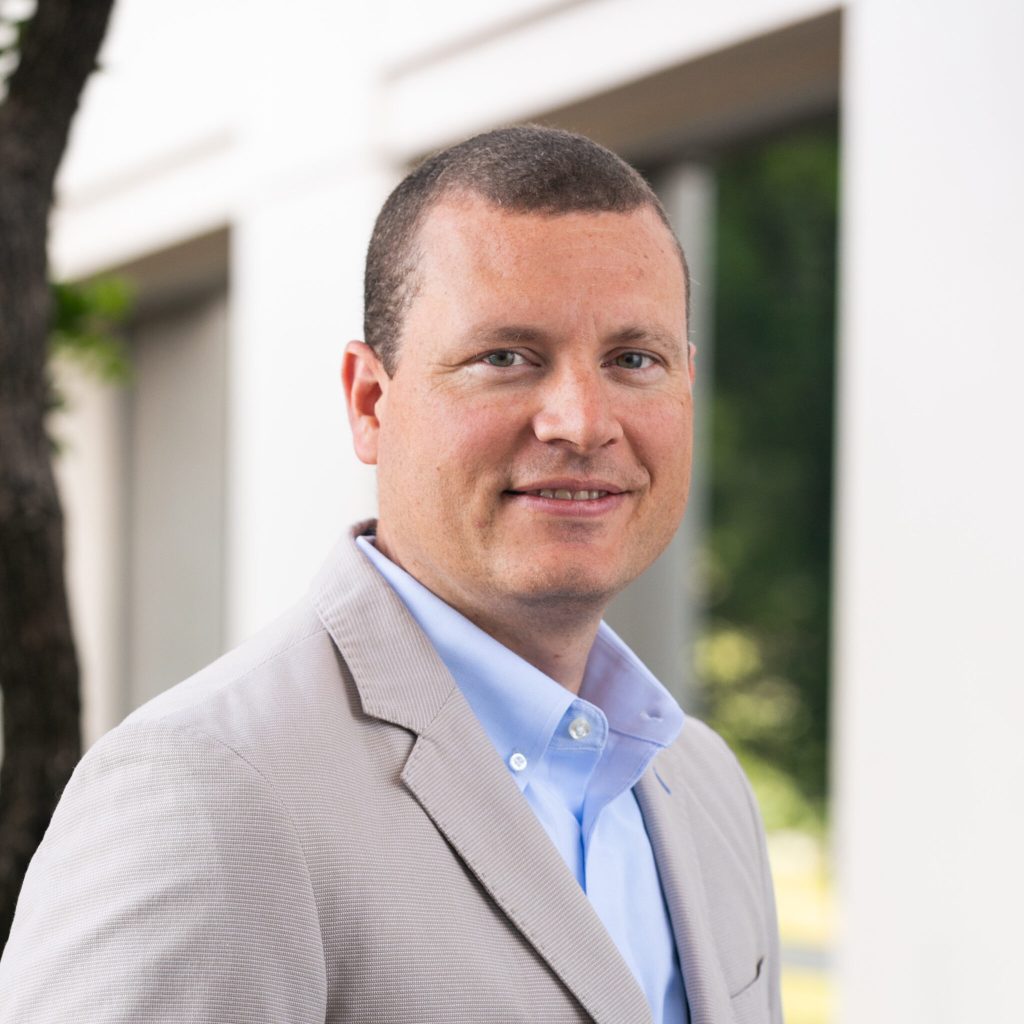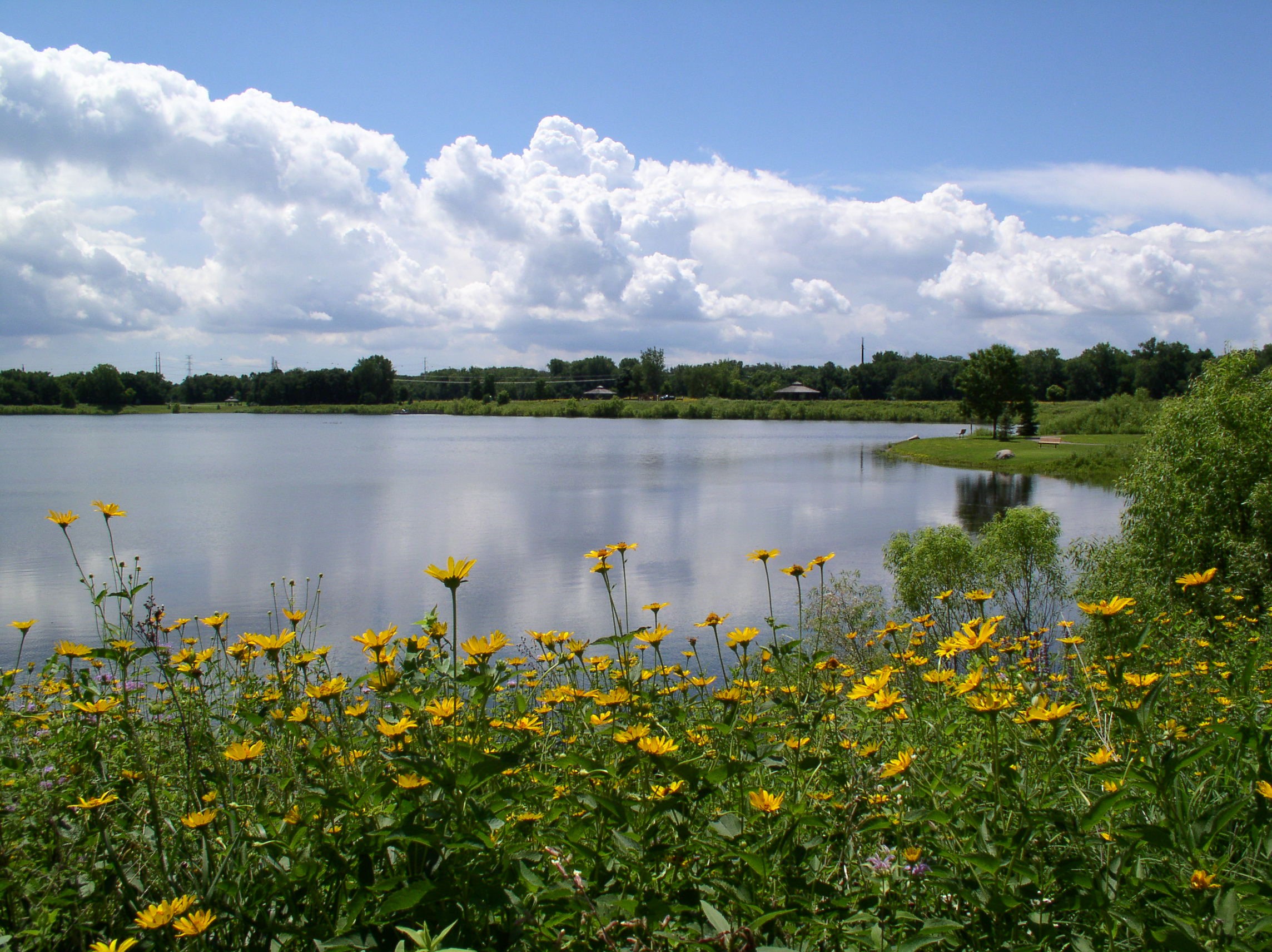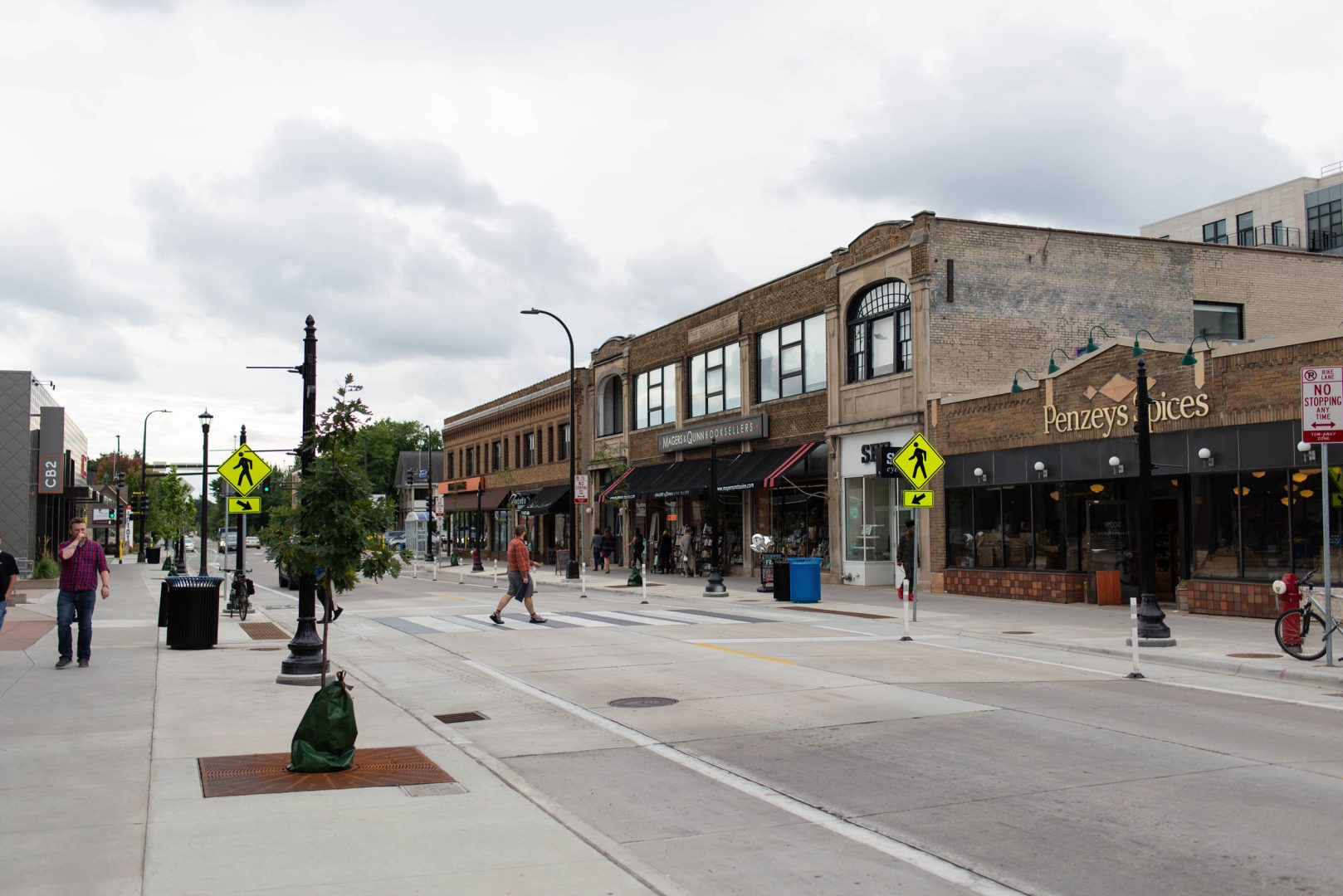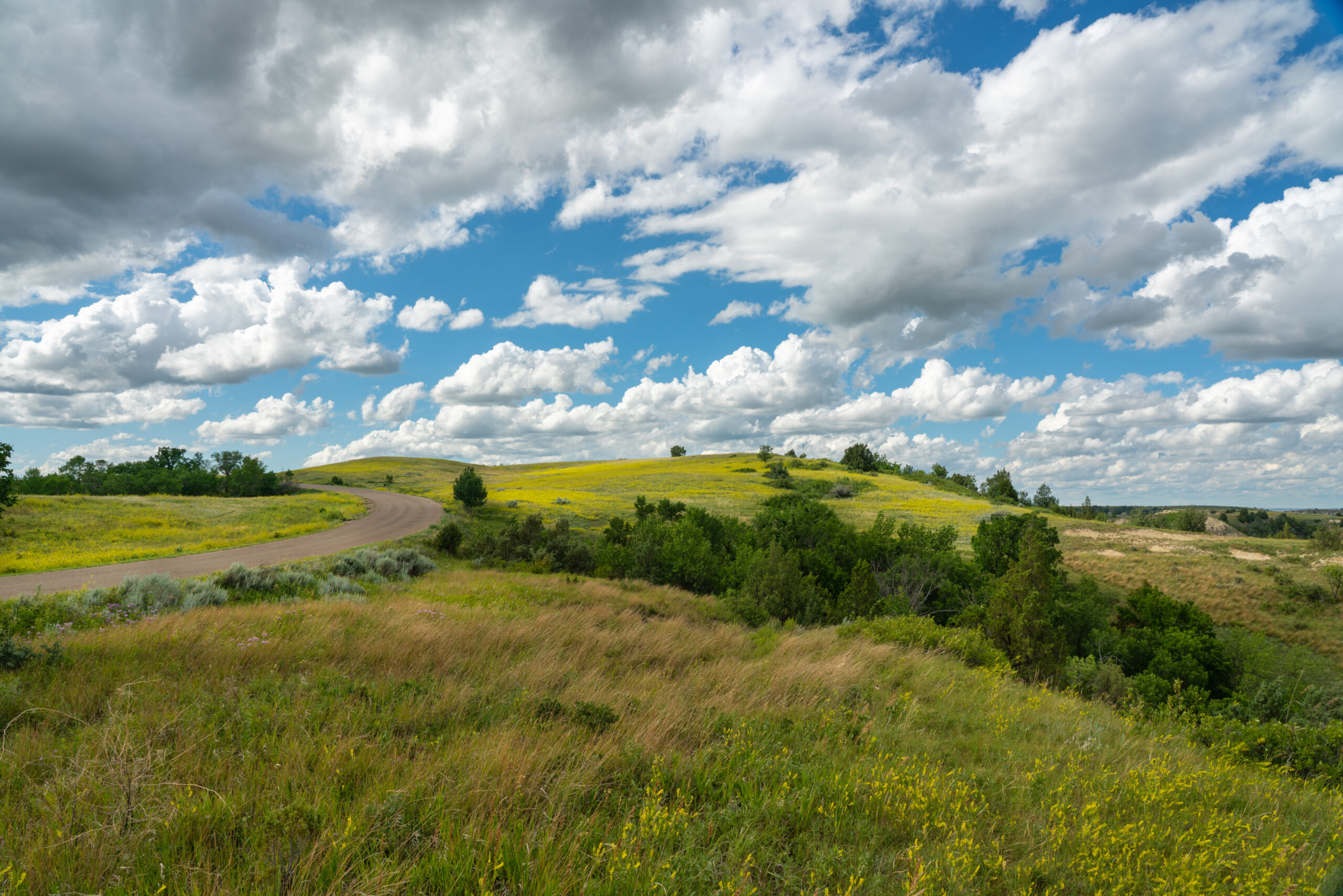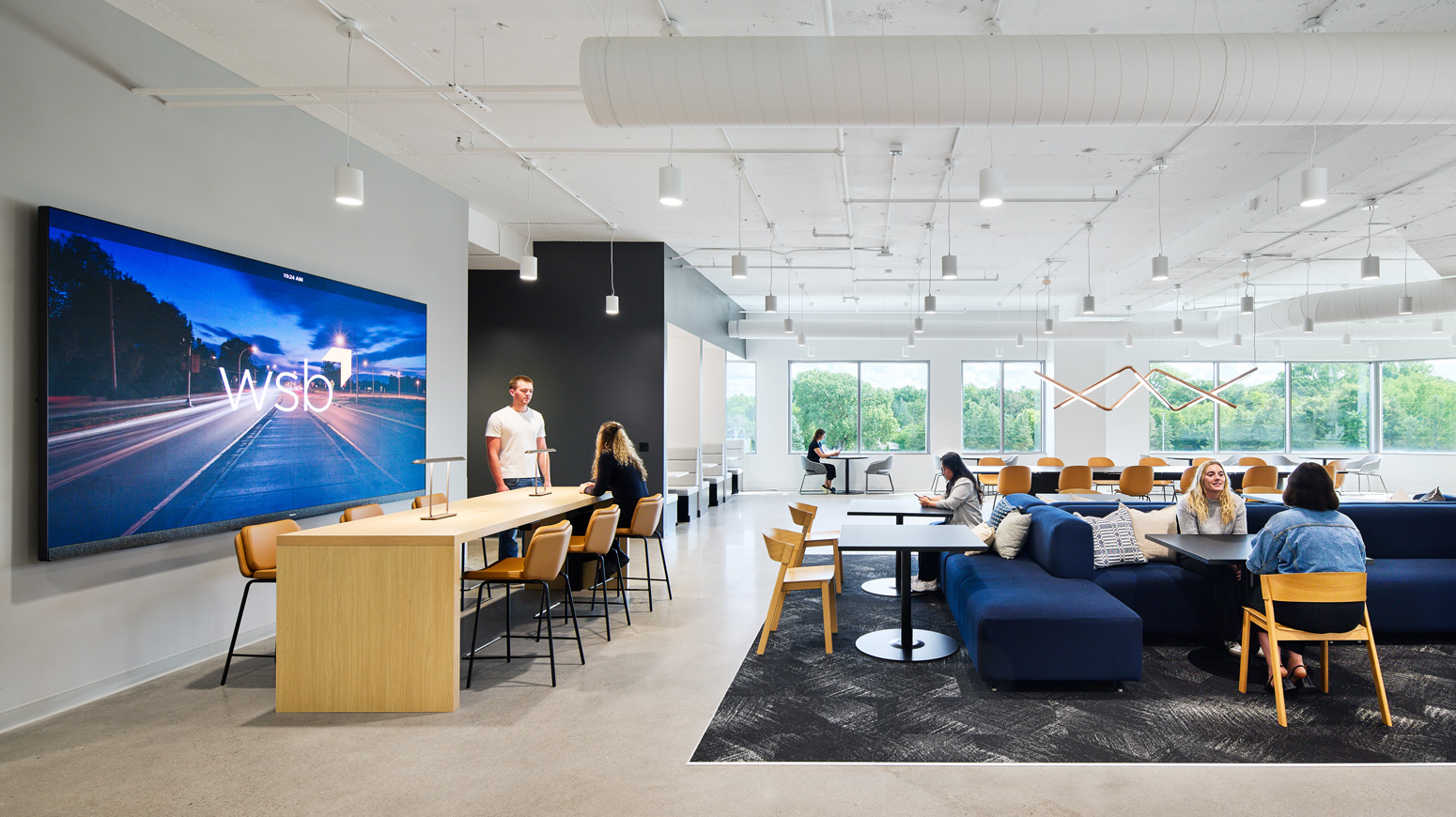July 18, 2023
By Andrew Plowman, SR Project Manager
In just a quarter century, the number of roundabouts has increased 3,000 percent across the country. Roundabouts are growing in prevalence because of how they can effectively, efficiently, and safely move traffic. Numerous designs and geometric shapes allow roundabouts to seamlessly integrate into our transportation infrastructure.
Below are five facts about roundabouts – an infrastructure trend that’s here to stay.
1. Roundabouts improve safety.
A major reason that roundabouts have grown in popularity is because of their safety record. The designs help prevent serious crashes and fatalities. Slower speeds and the angle at which cars enter roundabouts significantly reduce the probability of head on and T-bone accidents. Multi-lane roundabouts may have property damage only crashes when they are first introduced, but the chances for fatal or injury crashes drop significantly. In most cases, crashes at roundabouts are fender benders.
Pedestrian safety is also improved at roundabouts, although this can be a difficult concept for some to understand. Most feel that because there is not the presence of a signal telling the motorist when to stop and the pedestrian when to go, that it cannot be safe. However, there are several reasons the pedestrian crossing experience is improved:
- Slower speeds
- Shorter crossing distance
- Fewer conflict points
- Navigating traffic from one direction and refuge islands
- The pedestrian crosswalk is pulled back from the yield line allowing drivers to make a decision at the crosswalk before entering the roundabout
What’s more, because of their safety track record, they score well with many federal programs and are often eligible for grant funding.
2. Roundabouts handle high and low volumes efficiently.
Have you ever sat at a light for what feels like forever, even when there is no other traffic around? Roundabouts solve that problem, providing self-optimizing control. Roundabouts keep traffic moving. Roundabouts handle both high and low volume traffic well. The effect of a rolling queue creates a situation where delay seems more acceptable to the driving public. In the early 2000’s, many roundabouts were overbuilt based on the modeling results. Many multi-lane roundabouts have since been retrofit to simpler geometry, and still perform operationally well.
3. Roundabouts significantly improve access management in busy corridors.
In areas where there are many driveways and businesses along a corridor, it can be difficult for exiting traffic to turn left onto busy streets. The implementation of a roundabout corridor allows left turns to be eliminated while access is maintained and for drivers to make a U-turn. This creates a safer and efficient corridor.
4. Roundabouts have growing buy-in from the public.
When communities begin building roundabouts, there can be a fair amount of skepticism and concern from the public. As more communities adopt roundabouts and more drivers have successfully used them, that skepticism is significantly reduced.
In communities that are new to roundabouts, a robust public engagement strategy is executed to educate the public. Public engagement tactics often include modeling, educational materials, visualizations and myth busting presentations that dispel the myths and provide education about the roundabouts, .
5. There are times when roundabouts are the wrong design choice.
While roundabouts are a growing trend, they aren’t right for every situation. Areas with high traffic volumes in one direction, with limited left turns on or to the side street, may not be ideal for a roundabout, as appropriate gaps may not be created. If roadways are already designed for traffic signals with multiple lanes, it may be more efficient to install traffic lights as opposed to redesigning a street for a roundabout.
Roundabouts are growing in popularity for a reason and are here to stay. Efficient traffic flow, improved safety, and operational efficiency make them a smart infrastructure choice for many communities.
Roundabouts move people and communities forward.

